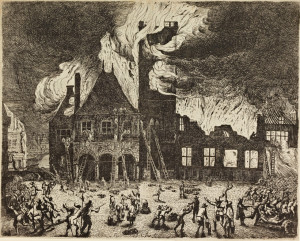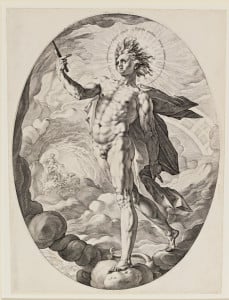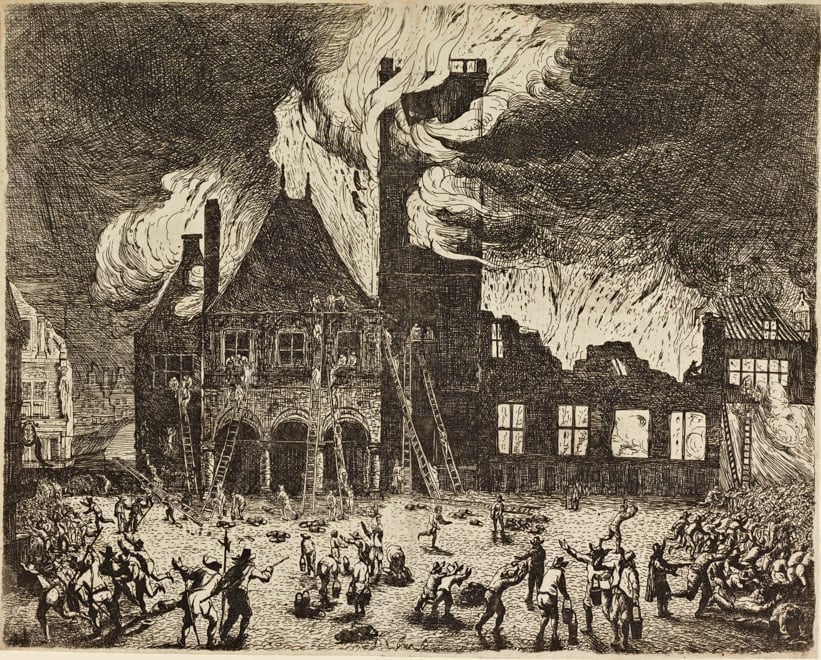Following up a strong 2015 lineup of exhibitions, from “Artists at Work” to “We’re Not in the Business of Warehousing Paper,” students and faculty in Stanford’s art department look to continue brandishing the talent and diversity of the arts scene at Stanford in 2016. Continuing exhibitions include the recently-reviewed “Empathy,” “Missing Persons” and “Words as Image” exhibits at the Cantor Arts Center, which will be on display throughout early 2016.
To kick off the new year, here’s a rundown of the most anticipated events from the Stanford visual arts scene.
1. “Five”
On display at the newly-opened Coulter Art Gallery starting Jan. 11, “Five,” the spiritual successor to last year’s “Hi5” exhibition, will exhibit the work of five first-year MFA students in Art Practice. The exhibit hopes to bring together the diverse styles and visual languages of the different artists’ works, focusing on the themes of exploration and physicality. The artists – Omar Arason, Mark Baugh-Sasaki, Becca Kahn Bloch, Steven Garen and Boris Oicherman – share a common affinity for mixed-media and sculptural works and often look to tell stories through site-specific installations.
2. “Who We Be”
“Who We Be,” a Cantor exhibit scheduled to open March 30, deals with visual culture as it relates to contemporary justice movements and pop culture in North America. Socially relevant, the exhibition seeks to use visual arts as a means of broaching topics such as race relations and will feature pieces from Stanford’s Institute for Diversity in the Arts.
3. Frost Music and Arts Festival
The Stanford Concert Network’s flagship music festival, Frost looks to return this year with a brand-new selection of musical artists and a student-curated gallery of artworks. Specific details of the event are yet to be released, but if last year’s event is any indication, Frost is sure to be a celebration of individuality, escapism and the simple joy of creating.
4. “The Wonder of Everyday Life”

“The Wonder of Everyday Life,” on view starting February 24 at the Cantor Arts Center, focuses on the evolution of printmaking during the Dutch Golden Age. Dutch printmaking is defined by dark, brooding values, striking realism and the dramatization of domestic scenes. In particular, prints produced during the Dutch Golden Age adopted the dynamic compositions of the Baroque era and added a sense of grit and realism, characteristics that the exhibit seeks to highlight.
5. “Myth, Allegory, and Faith”

Another exhibition focused on the development of Western art styles, “Myth, Allegory, and Faith,” opening Feb. 10 at the Cantor Arts Center, traces the evolution of the Italian Mannerist style into the Baroque style at the end of the 16th century. This exhibit is notable for the high-profile artists whose work will be on display, which range from Renaissance painter Federico Barocci to printmaker Giorgio Ghisi.
Contact Eric Huang at eyhuang ‘at’ stanford.edu.
